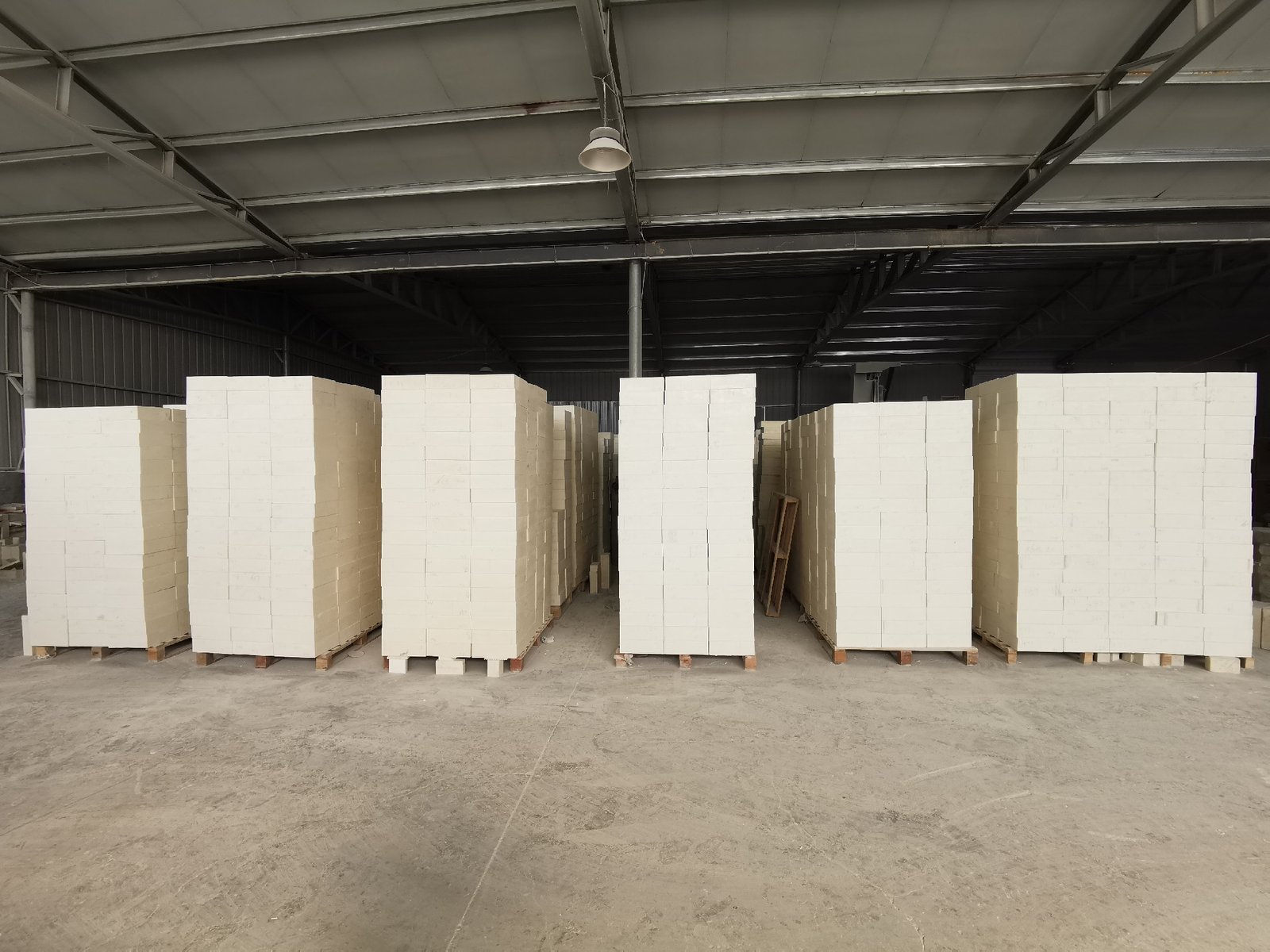NEWS
What is solid buoyancy material
Writer: admin Time:2023-12-20 03:46:34 Browse:416℃
The solid buoyancy material is essentially a low-density, high-strength, and water-resistant solid substance. Upon analyzing the microscopic structure inside the material, it is identified as a hollow or porous structured material. In a comprehensive analysis, it can be broadly categorized into three main types: chemical foaming solid buoyancy material, pure composite foam buoyancy material, and synthetic composite foam material.
Chemical foaming solid buoyancy material is foam composite material produced using a chemical foaming method. Pure composite foam buoyancy material is formed by mixing hollow glass microspheres with resin, with hollow glass microspheres accounting for 60% to 70% of the volume. Synthetic composite foam material is modified by combining composite foam with low-density fillers such as hollow plastic or large-diameter glass spheres. Among them, the minimum density limit for pure composite foam buoyancy material is around 0.4g/cm³, for synthetic composite foam material it is around 0.275g/cm³, and for chemical foaming solid buoyancy material, the minimum density limit is around 0.1g/cm³. This limit does not include materials used to provide buoyancy on the water surface. Of course, these minimum density limits are ideal values that are relatively challenging to achieve in practice.
The term "composite foam" comes from the Greek word "syntaxis." Composite foam plastics are a combination of epoxy resin, other thermosetting resins, and lightweight fillers. Lightweight fillers refer to hollow microspheres of glass or other materials, uniformly dispersed in the main resin with a particle size ranging from 5 to 300µm.

CATEGORIES
LATEST NEWS
CONTACT US
QQ:
Phone: Whatsapp: +86 15163359933
Tel: Whatsapp: +86 15163359933
Email:
Add: No.08, Zhaoyang Road, Rizhao City, Shandong Province, China